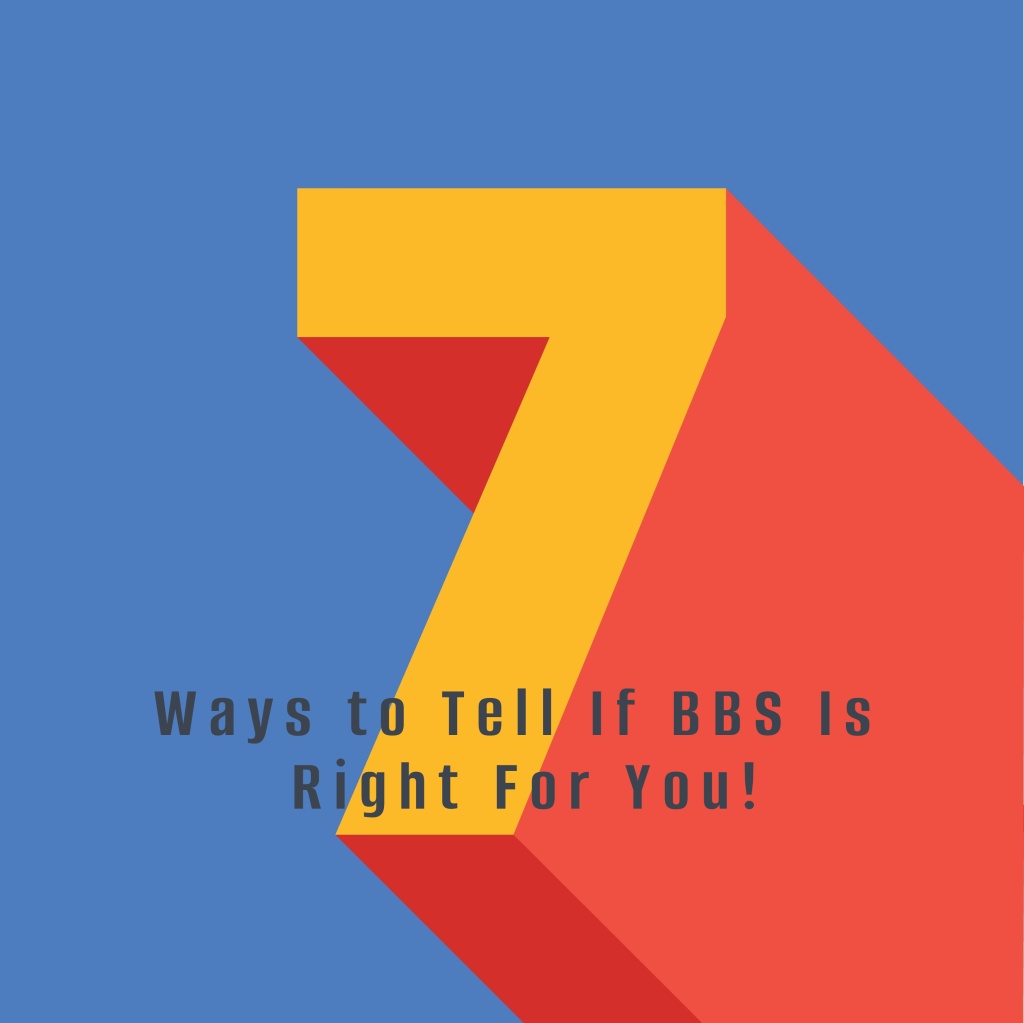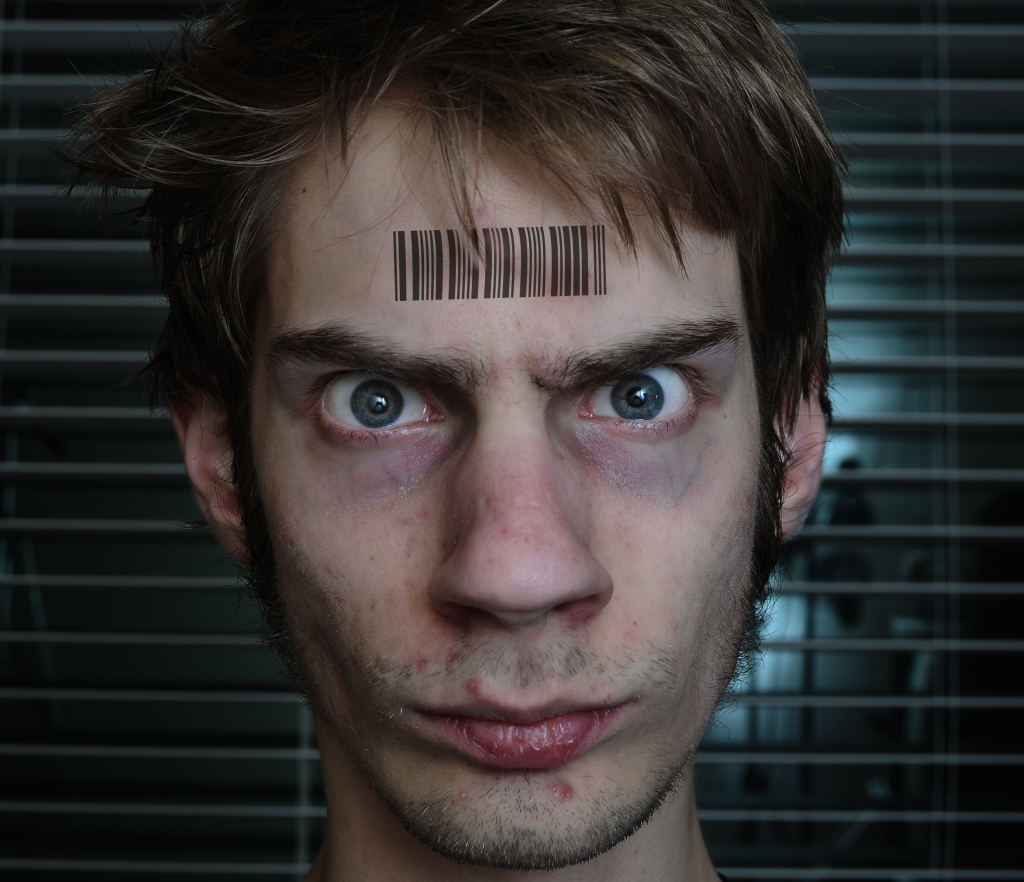
Author: I Know My Shoes Are Untied! Mind Your Own Business. An Iconoclast’s View of Workers’ Safety.
Lone Gunman: Rewriting the Handbook On Workplace Violence Prevention
Blood In My P
As many of you know I rarely miss a chance to take a cheap shot at Behavior Based Safety so it might surprise you that I am writing an article that supports the use of BBS in some circumstances.
There are indeed many circumstances where BBS isn’t just the right system it’s the ONLY system for you. So how can you know if BBS is the right system? By answering these five questions:
- Does my customer make me? There are many large, often global, customers who insist that—along with random drug testing—a vendor must have a BBS system in place. Some vacuous, empty suit made this decision after his or her head was filled with nonsense by people who are faculty members of distinction from sixth-rate universities that churn out fecal books praising BBS more frequently than irritable bowel syndrome patient who had too much coffee after a hard night of tequila and bad burritos drops a load. If you have read any of these books you know how apt the analogy is. These authors have never had to actually WORK in safety, nor have they run a safety department, in fact, none of them have actually been held accountable when their advice crashes and burns.
- Does my boss make me? There are a lot of really stupid Safety Executives who can’t pour piss out of a boot with the instruction written on the bottom. They want to command safety without knowing much about it besides the dreck that oozes out of professional conferences and is filtered by the people who actually attended the conference. These bosses will LOVE BBS because its message is simple “it’s the workers’ fault.”
- Do I value activity over results? If you want to LOOK busy without actually doing anything of value BBS is the system for you. You collect quantitative data with the vigor and zeal of a squirrel gathering acorns for the winter. But you don’t understand what the data means. What’s more, you don’t care. Your job is to make sure that supervisors watch workers and issue them a card for all the mistakes they made. You can make charts and display them in the break rooms or wherever you have the “safety meeting.” And the best thing is you can blame the workers for getting injured and complain loudly about how overworked you are.
- Do I believe that people are gods, incapable of making mistakes? A central tenet of BBS is that 85% or 90% pr 95% of all injuries are the results of human error, and by extension carelessness, stupidity, fatigue, sabotage, and a host of other deliberate actions and poor judgments made by the worker. Of course, YOU have never done something while operating on autopilot. You think about each step required to make a sandwich and you think about everything that could go wrong as you make the sandwich. And when you drive, not only do you have to make a conscious decision about what to do at every traffic sign or signal, and have to consult the driver’s manual to operate the turn signal. Nothing you do is automatic and all your decisions are perfect and based on perfect information.
- Do I understand the difference between philosophical safety and operational safety? Platitudes like “Safety is our number one priority”, “Safety is job one”, etc. are philosophical. Shy of the psychopathic drones in the workplace nobody would disagree that safety is better than rampant hazards run amuck. But Operational safety is results driven and seeks to fix the problems, not the blame.
- Do I have a lack of respect for the scientific method? Let me begin by explaining how the scientific method works. You select two groups from your population that have enough people to be statistically relevant (don’t freak out there is a website that will calculate all that depending on your margin of error). Next, randomly decide which group will be the experimental group and which will be the control group. Next, you would, in this case, use BBS on the experimental group and do nothing different from what had been done to the control group. After a couple of months, you compare the results of the two groups. If the experimental group shows meaningful improvement but the control group shows no improvement BBS has worked. If however, both groups have either shown no improvement or meaningful improvement then BBS did not make a difference. If all of this sounds confusing or like a waste of time, then BBS is right for you.
Here is the point where I should mention that trying to do these kinds of experiments on actual people who could actually get seriously injured is incredibly unethical and behavioral scientists are notorious for making dubious decisions when it comes to ethics so trying to employ this type of experiment is of questionable value. - Am I lazy? I once had a client whose safety manager would completely end a conversation with “I don’t know” he was as lazy as a neutered housecat. He was always late for work and always left early. He LOVED BBS because it required so little of his time, but actively resisted an organizational development initiative because he was held accountable for doing his job.
So as much as I criticize BBS there are still a lot of good uses for it if you can answer yes to one or more of these questions it might just mean that BBS is a good fit for you and your “organization”.
Dear Readers:
I have been writing this blog since 2006 and have been very resistant to accepting advertising revenue for it. Some of you may think that I’m stupid for doing so, but I just don’t think I can remain impartial on the topics I address if I am receiving revenue from advertisers that are selling something with which I am philosophically or fundamentally against.
It gets to be a drag writing post after post week after week, especially for no compensation—people tend to see things that they get for free as having no value. So if you enjoy this blog I hope you will consider buying one or more of my books. I don’t make much on these books (the perils of being actually published versus self-published) but I gauge my relevance (rightly or wrongly) based on my book sales. If you have already purchased one or more of my books, thank you. You have my heartfelt gratitude and what you hopefully see as at least a book that was worth the purchase price. But even you can help me if you are so inclined by writing a review of my book (even if you hated it) on Amazon, Barnes & Noble, Goodreads, or even in a LinkedIn Post.
And no, I won’t hold it against you if you just continue to read the blog and occasionally find the opportunity to think about what I’ve written.
Just after finishing my last book, Blood In My Pocket Is Blood On Your Hands (a book that everyone who LOVES BBS should read) I began writing a book on mass violence. It has taken me 2 years to write it because I reviewed mountains of research and true experts on the subject (one of which is a friend of mine from high school who, as it happens, is retired from the FBI where he was Special Agent In Charge of Counterterrorism (which included domestic terrorists like the idiots who are shooting up schools and concerts and…well you get the point). The name has morphed but we landed on “Stop. Don’t Shoot!” it’s fascinating reading and will be out very soon I promise. I am worried about the proliferation of so-called experts telling people to do the dumbest things imaginable during a rampage attack and you should be too. My book isn’t the only book out there on the subject it’s simple the best. Look for it coming soon.
—Thanks, Phil



 By Phil La Duke,
By Phil La Duke,  By Phil La Duke
By Phil La Duke